Florida is home to the unique roseate spoonbill, the American flamingo, and all sorts of beautiful creatures. However, there are also animals across this vast state that could be treacherous to encounter. Here are 19 of these dangerous animals you should avoid at all costs.
American Alligator
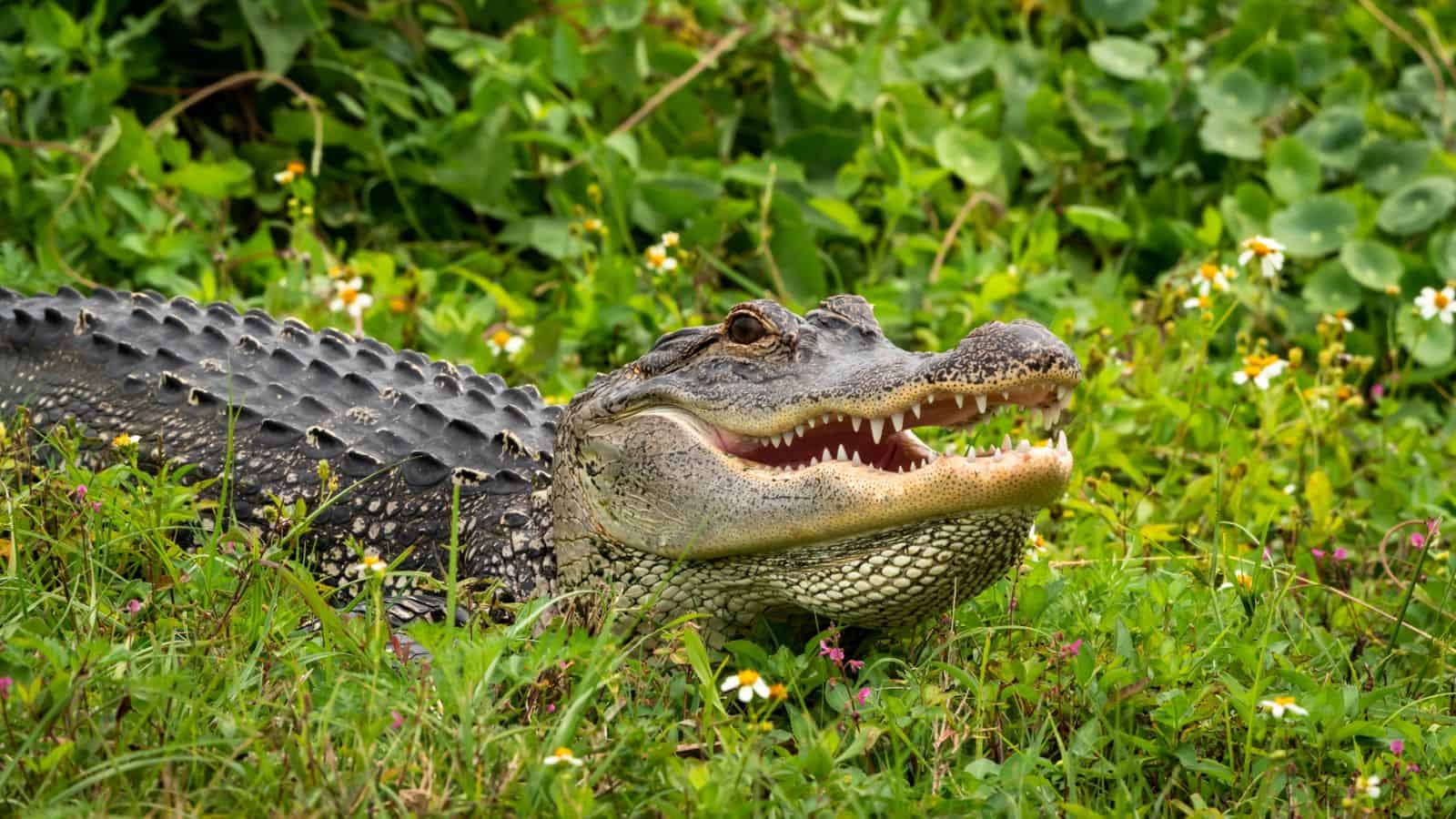
Found in freshwater lakes, rivers, and swamps, the American alligator is a 15-foot-long, 1,000-pound animal that will feed on almost anything that moves. The largest population of these reptiles is found in Florida, and they’re known to be extra dangerous during their mating season.
Florida Black Bear
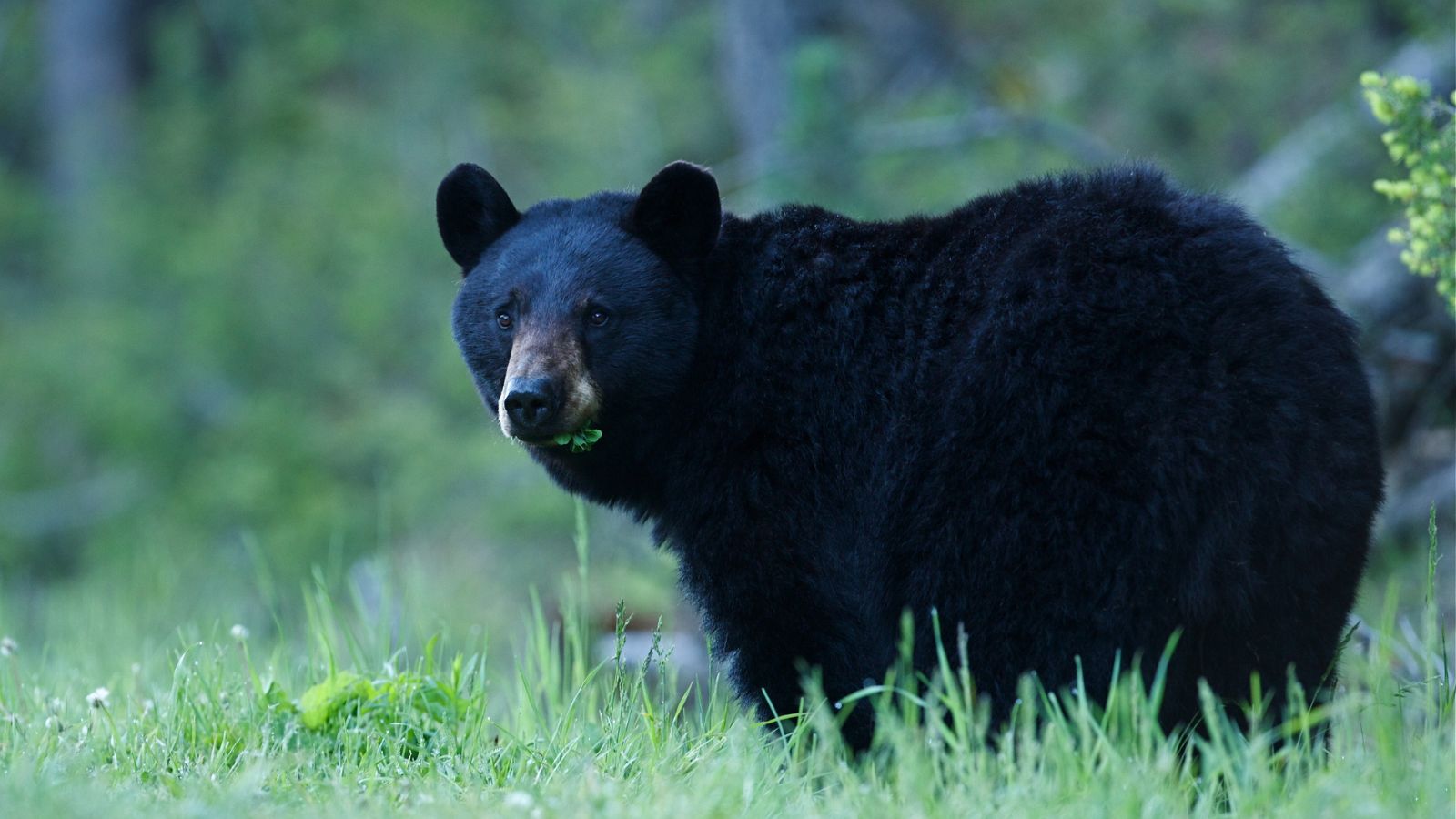
Although they’re generally shy and conflicts with humans are rare, the FWC says that black bears will attack when defending themselves, their cubs, or food sources. These 350-pound bears have non-retractable, two-inch claws that can deal serious damage to humans, but thankfully, there aren’t any recorded fatalities from an attack.
Eastern Diamondback Rattlesnake
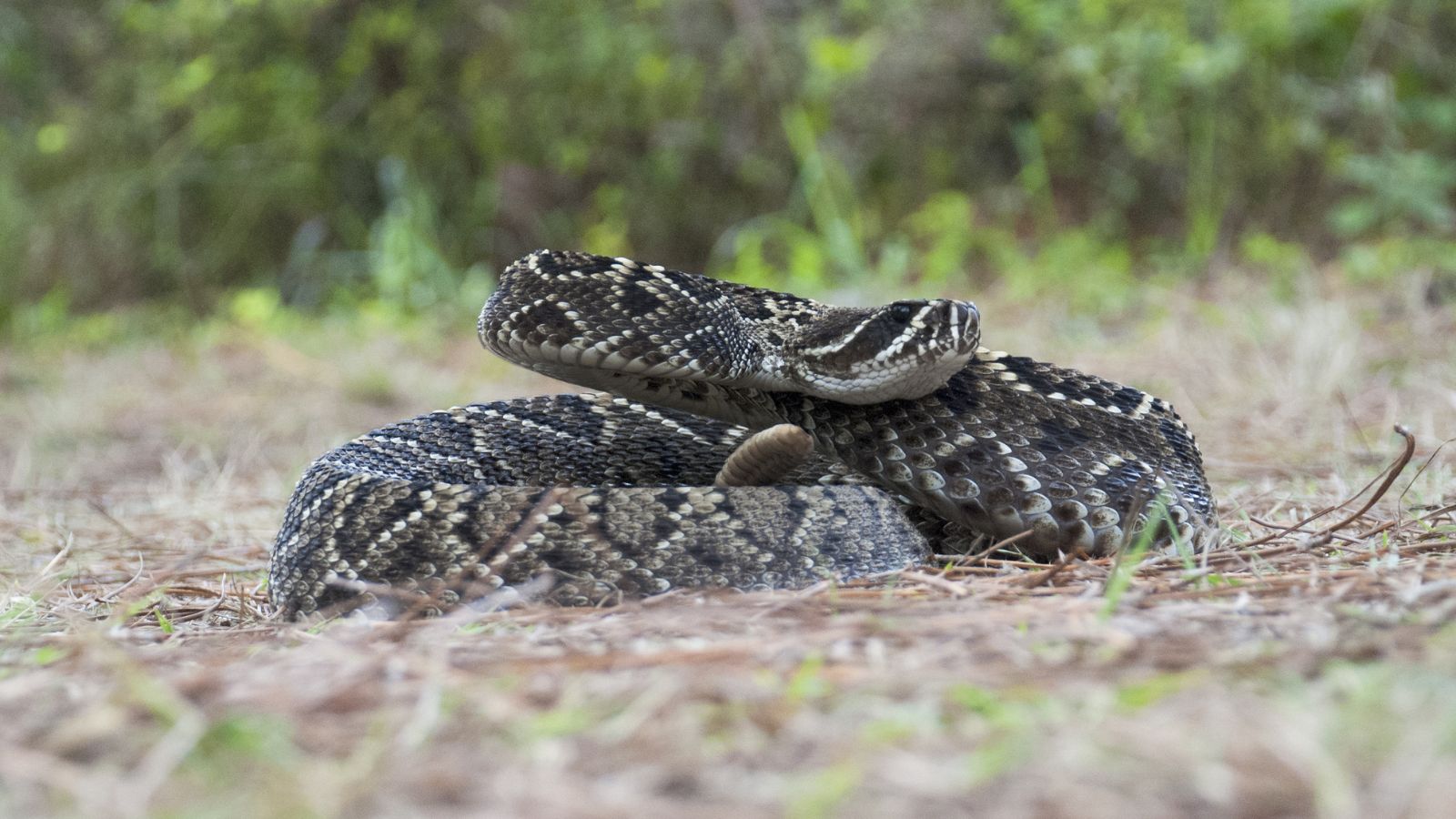
The eastern diamondback rattlesnake is the largest venomous snake in North America. Adults can grow up to eight feet long and weigh over ten pounds. Their venom can cause serious swelling and tissue damage, and one dose is toxic enough to kill up to 20 people.
Bull Shark

The bull shark is an adaptive species that thrives in both saltwater and freshwater, including oceans, rivers, and lakes. It has a status as the animal with the highest levels of testosterone in the world, and this makes it one of the most aggressive predators to come across. They can reach lengths of up to 11 feet, too!
Eastern Equine Encephalitis Virus (EEEV) Mosquito
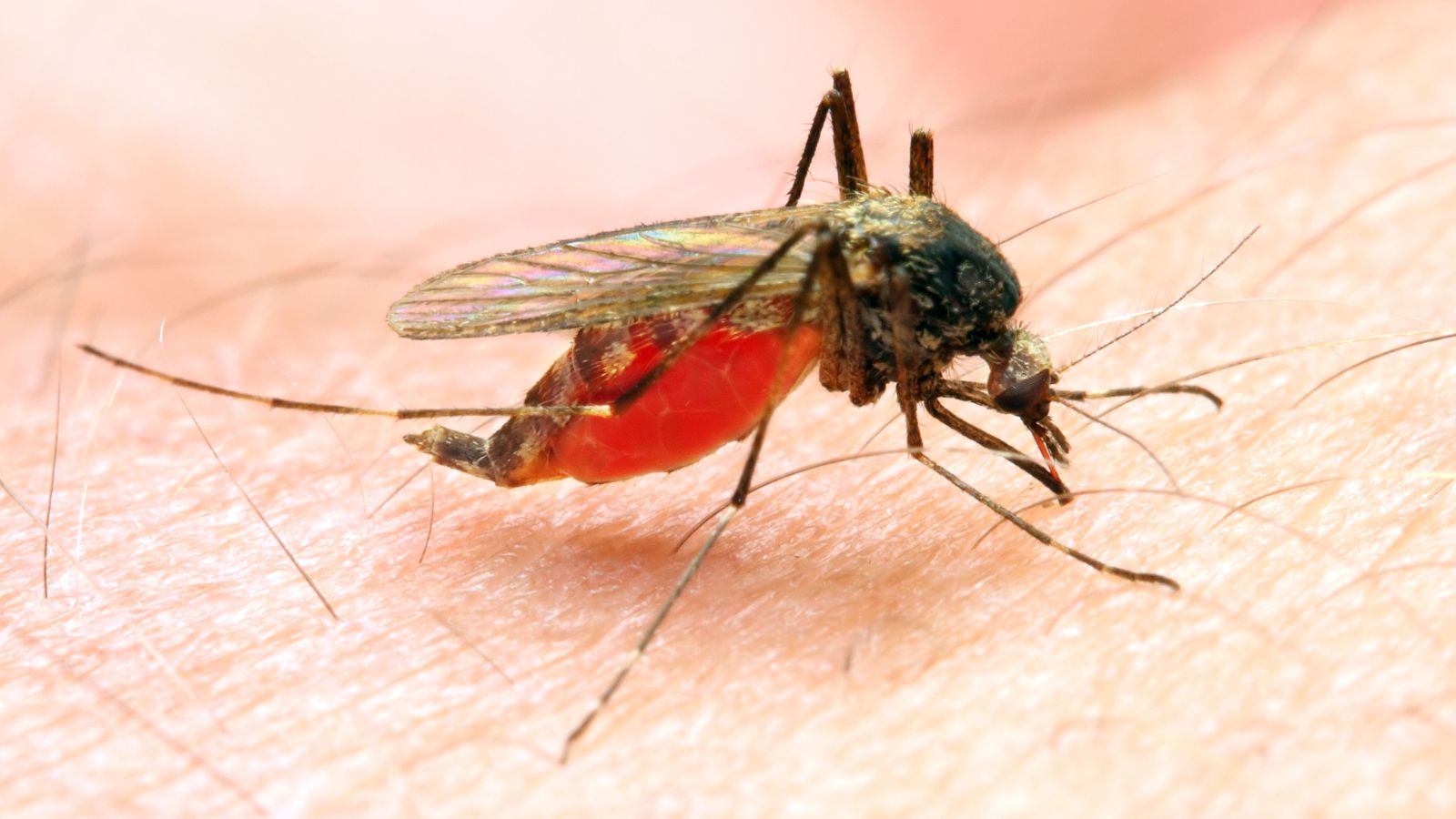
This extremely rare but fatal species of mosquito carries the EEE infection, which causes inflammation of the brain. It’s typically found in swampy areas with still water. EEE doesn’t just affect humans but also other mammals, birds, reptiles, and even amphibians. The CDC further shares that a shocking 30% of cases lead to death.
Cottonmouth (Water Moccasin)
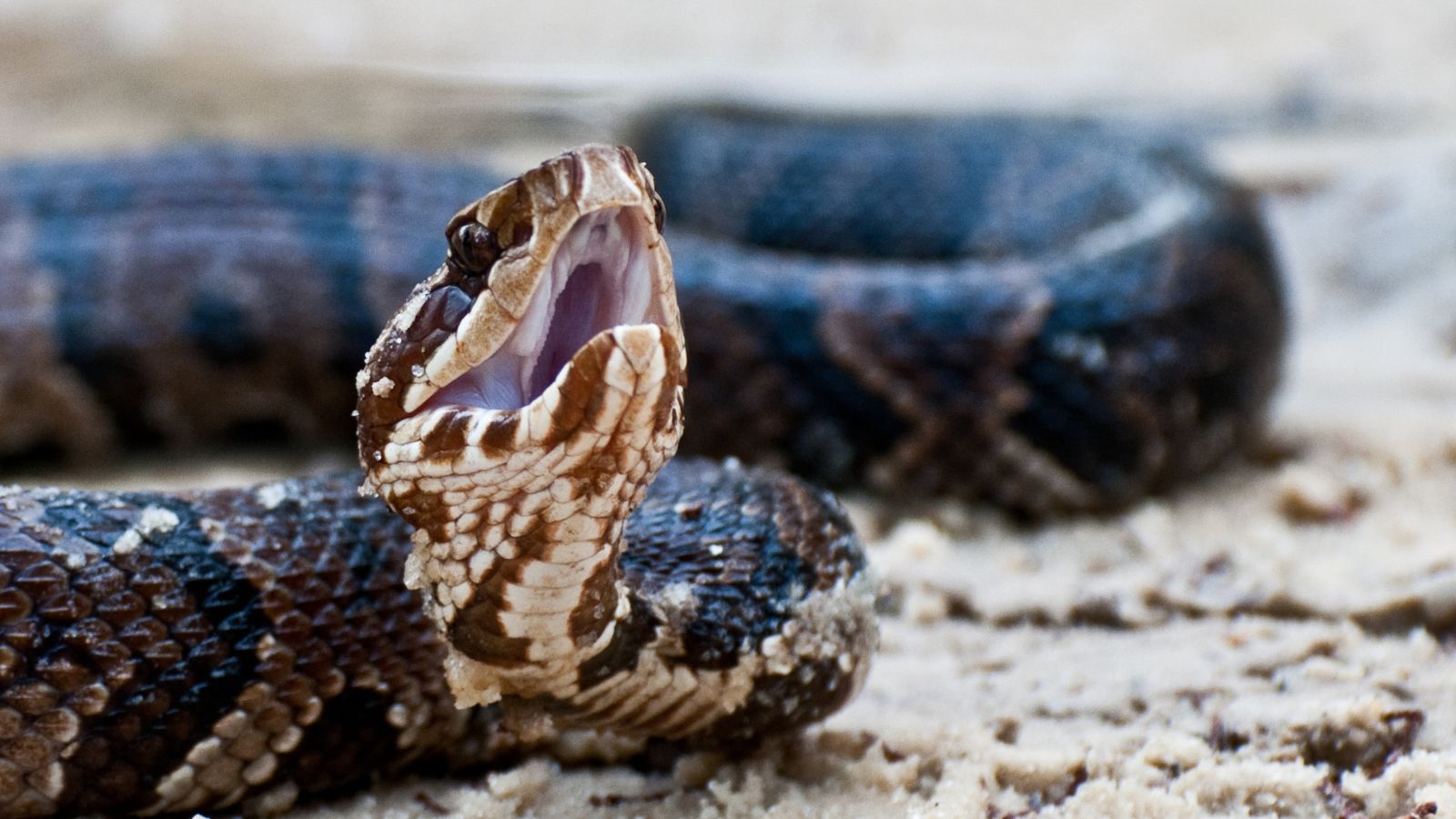
Another venomous snake to watch out for in Florida is the cottonmouth, a pit viper species typically found in swamps, marshes, and slow-moving water bodies. Its venom causes inflammatory reactions and damage to the cellular membrane, and victims must seek immediate medical help to avoid fatalities.
American Crocodile
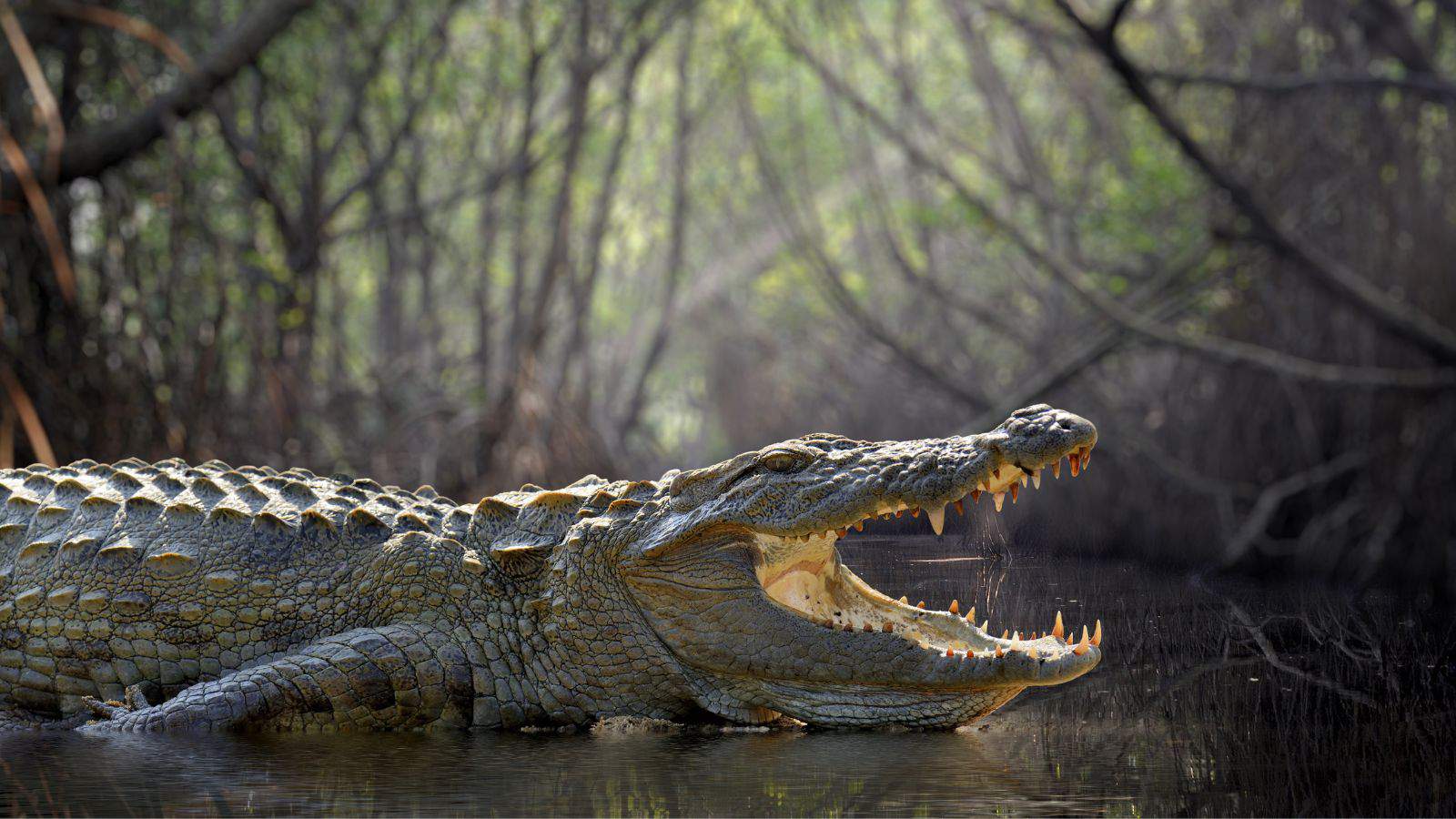
American crocodiles cohabit with their alligator relatives, and even though they prefer small vertebrates as food, humans are still in grave danger around them. These reptiles grow up to 20 feet long and can weigh over 2,000 pounds, and they’re also known to be more aggressive than alligators.
Portuguese Man o’War
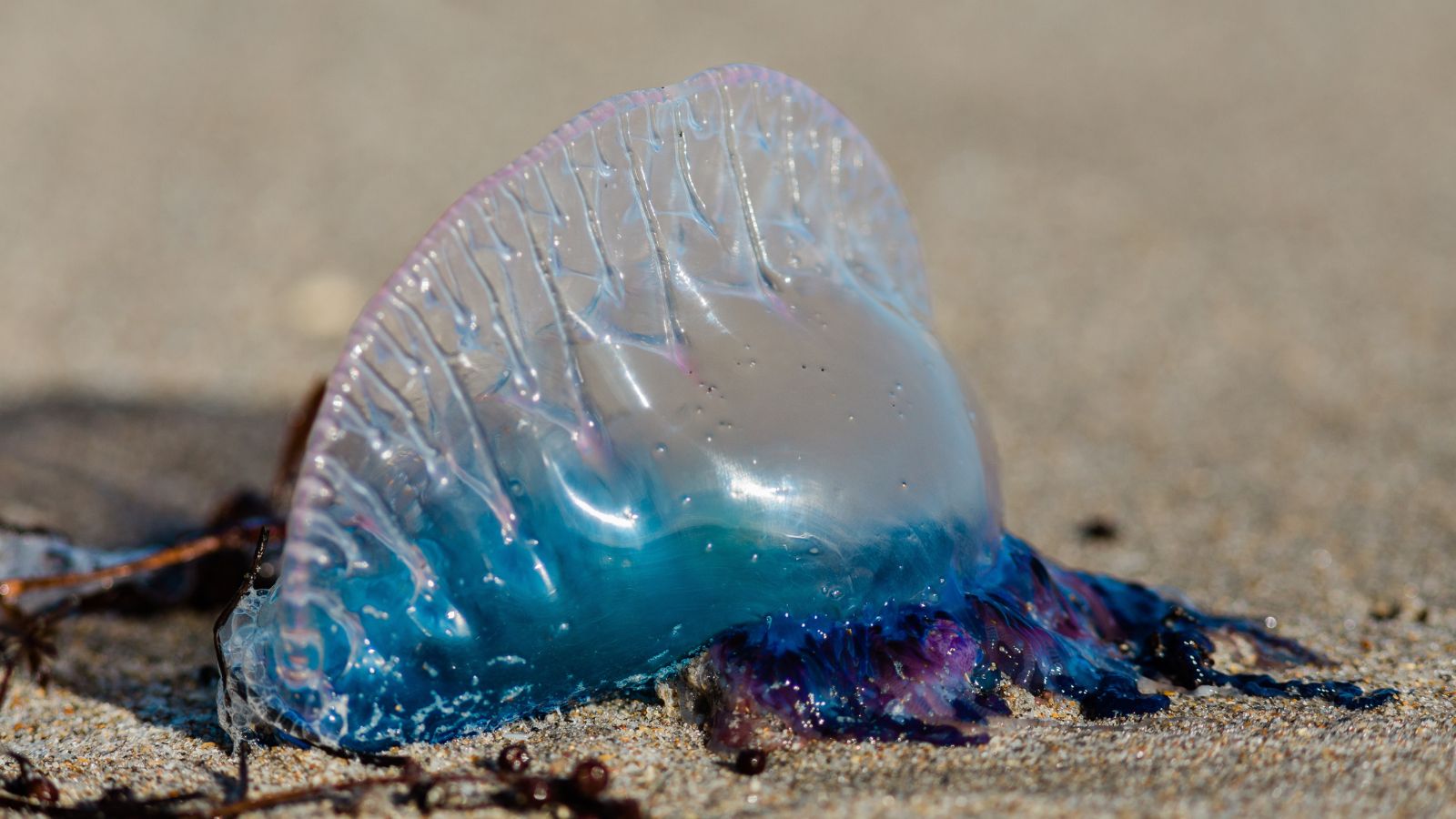
The man o’ war’s sting is regarded as rarely deadly to humans. However, an NIH study shares that a sting from their 30-foot-long tentacles is still potent enough to cause cardiovascular collapse and death in a few unfortunate cases. If you’re stung by one, you’ll definitely get welts on your skin and excruciating pain to go with them.
Great White Shark
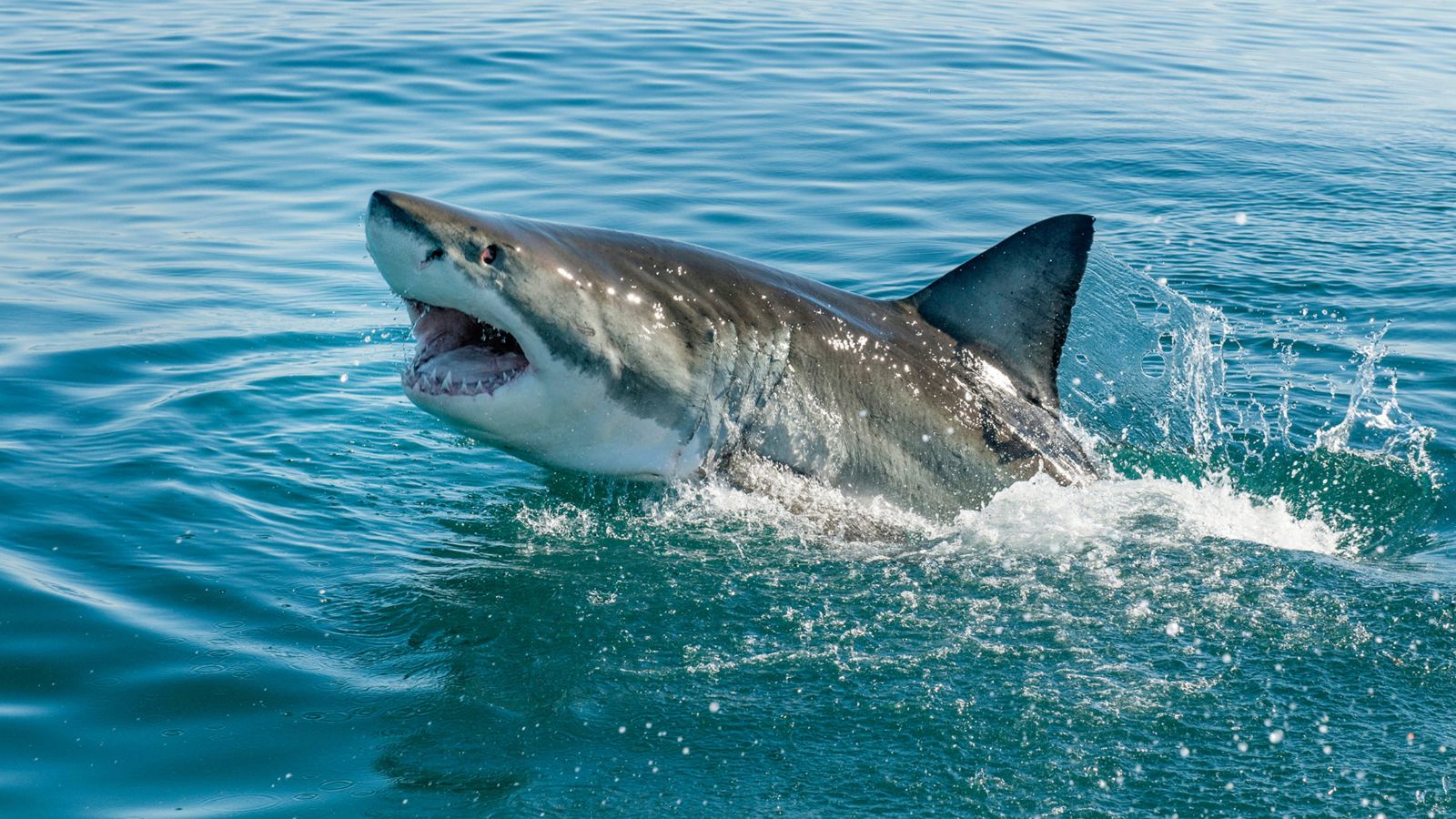
The great white shark can also be found in Florida, particularly in the coastal regions and during the shark’s seasonal immigration periods. They’re apex predators known to grow almost 20 feet long, weigh up to 4,000 pounds, and attack the largest number of humans among shark species.
Brown Recluse Spider

The brown recluse spider has a unique violin-shaped marking on its back and is usually found in dark, secluded areas such as woodpiles, garages, and basements. Even though it injects its victims with too little venom to cause death, a bite from one can lead to fevers, convulsions, muscle pain, and even seizures.
Black Widow Spider
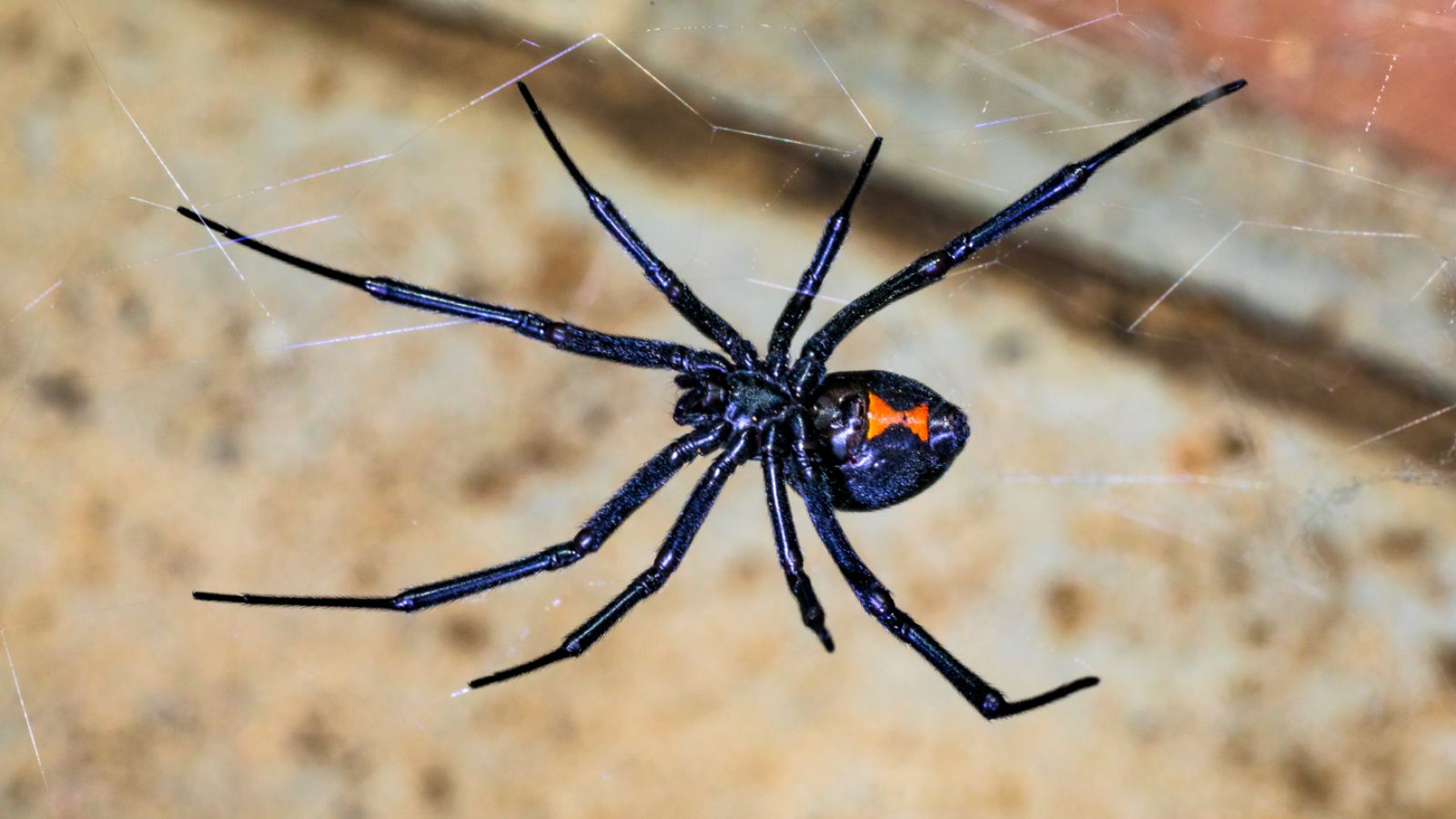
The black widow spider is a venomous arachnid whose sting can be particularly fatal for small children and older adults. In addition to attacking our nerves, which causes prickly pain and numbness around the targeted area, a bite from a black widow could cause stiffness and intense muscle spasms.
Florida Panther

The Florida panther is an endangered species of big cat native to South Florida and capable of powerful, swift attacks. The University of Florida explains that, although there are no recorded fatalities from a Florida panther, you still need to take the necessary precautions to avoid an attack. Whatever you do, though, never turn your back on one.
Wild Boar
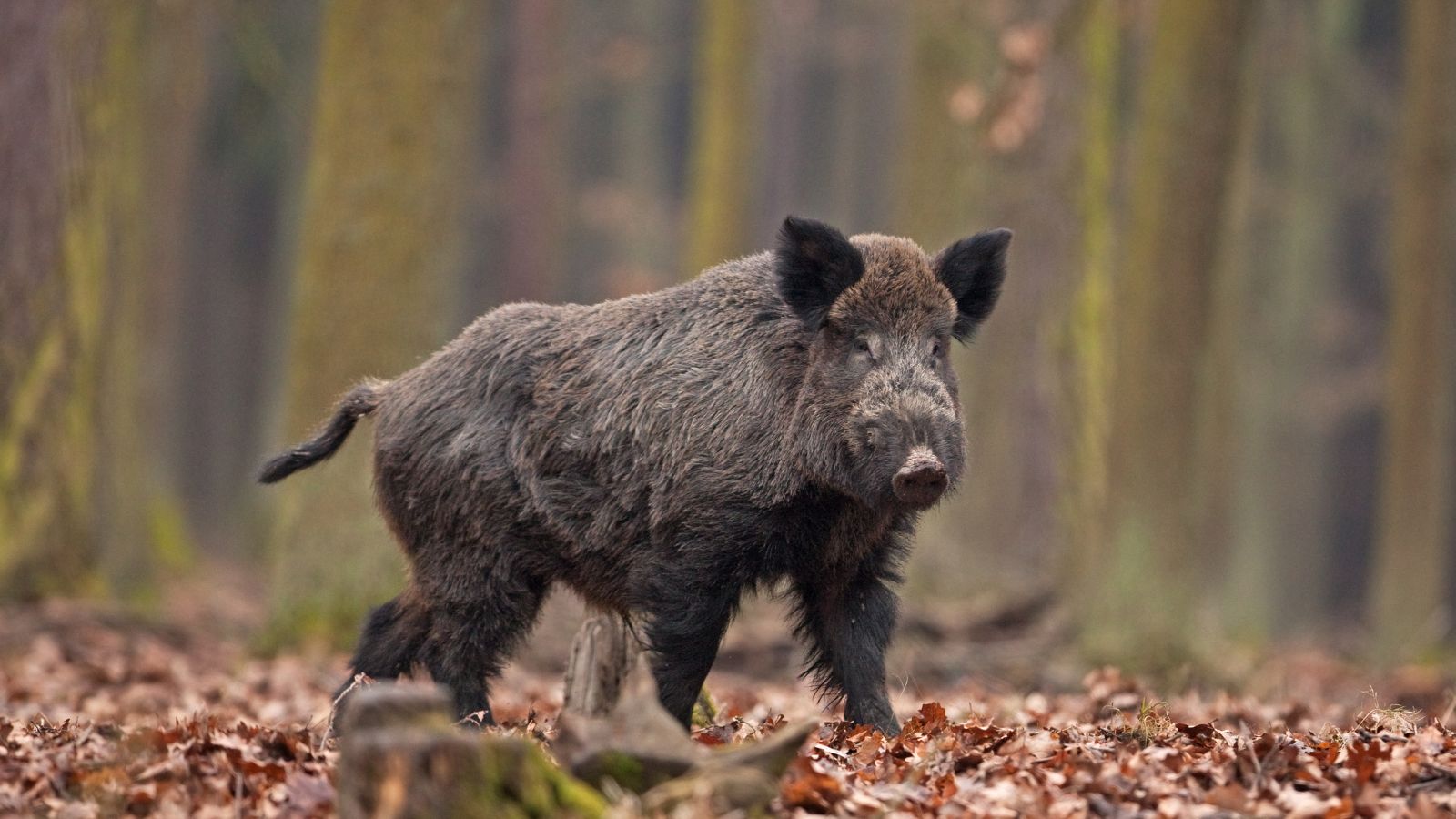
Wild boars are commonly found in forests, swamps, and thriving agricultural areas around Florida, and the danger from these 300-pound animals comes from their sharp tusks. They’re known to be aggressive when threatened—so aggressive that, in the majority of fatal cases, victims have been pronounced dead on the scene.
Fire Ant
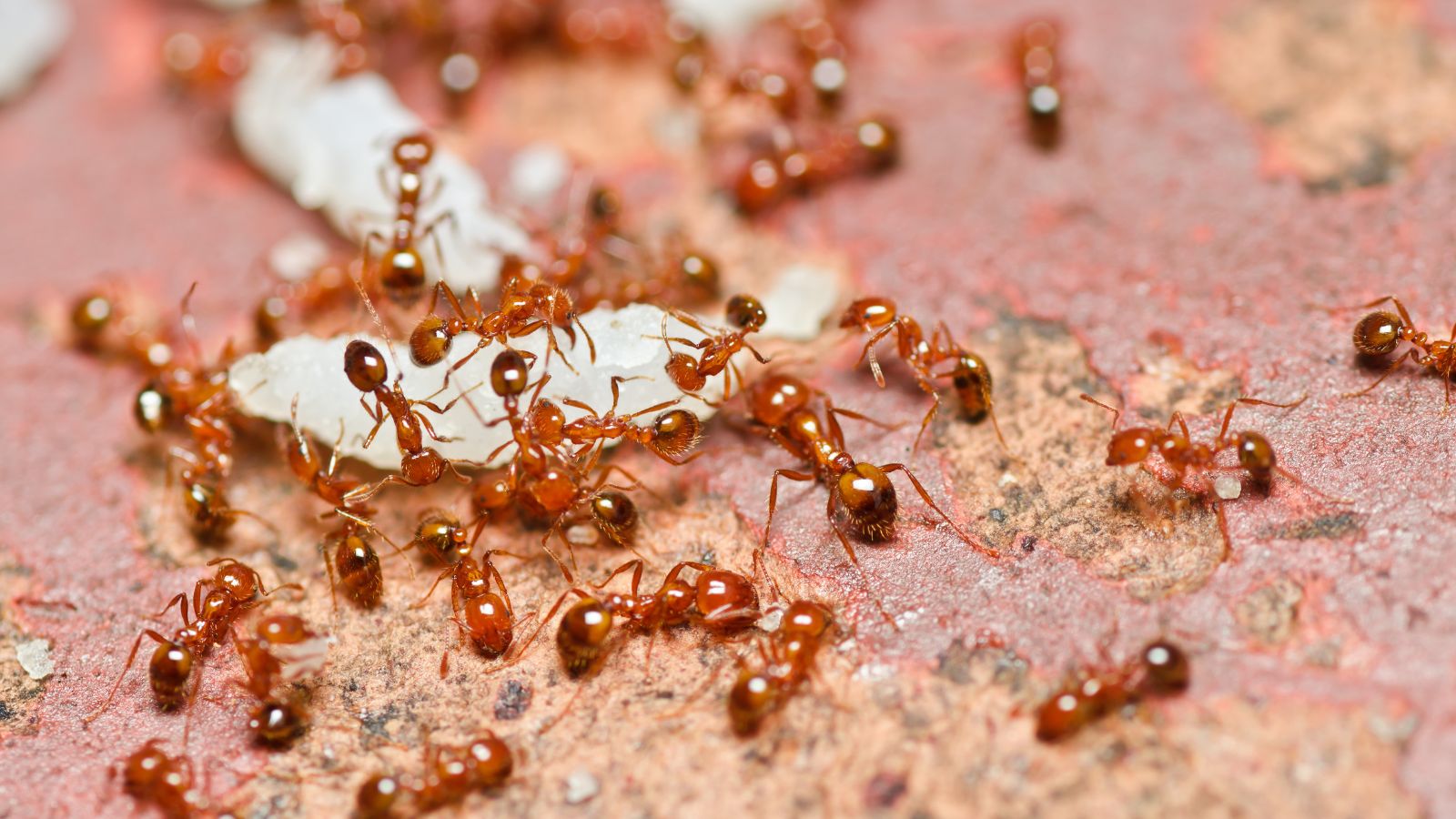
If you come across a large, dome-shaped mound, it’s best to leave it undisturbed. This may be the home of the fire ant, a small, reddish ant with stings that cause severe pain and itching that last for hours. In unfortunate cases, they can also trigger fatal allergic reactions (called anaphylaxis).
Eastern Coral Snake
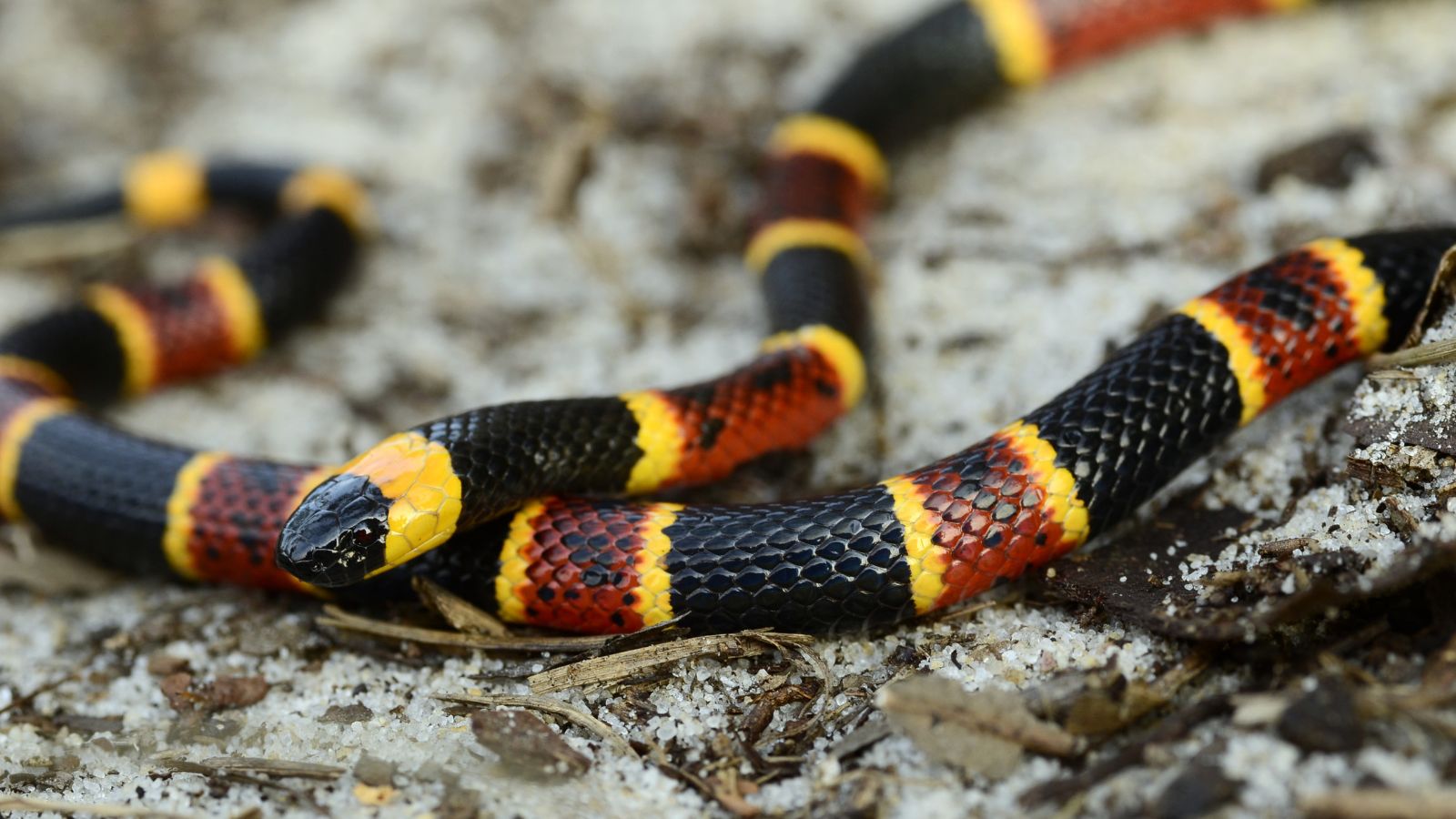
The eastern coral snake is instantly recognizable through the distinctive black, yellow, and red bands wrapped around its body. These snakes, found in wooded, sandy, and marshy areas, possess neurotoxins that could lead to drowsiness, vomiting, paralysis, and respiratory failure. The worst part is that symptoms of its venom don’t appear until after hours.
Box Jellyfish

You’ll find box jellyfish in the coastal waters of Florida, especially during the warmer months. An unfortunate encounter with one can have you injected with cnidarian toxins and cause you to suffer paralysis, cardiac arrest, and even death. All this can happen within a few minutes as well.
Giant African Land Snail
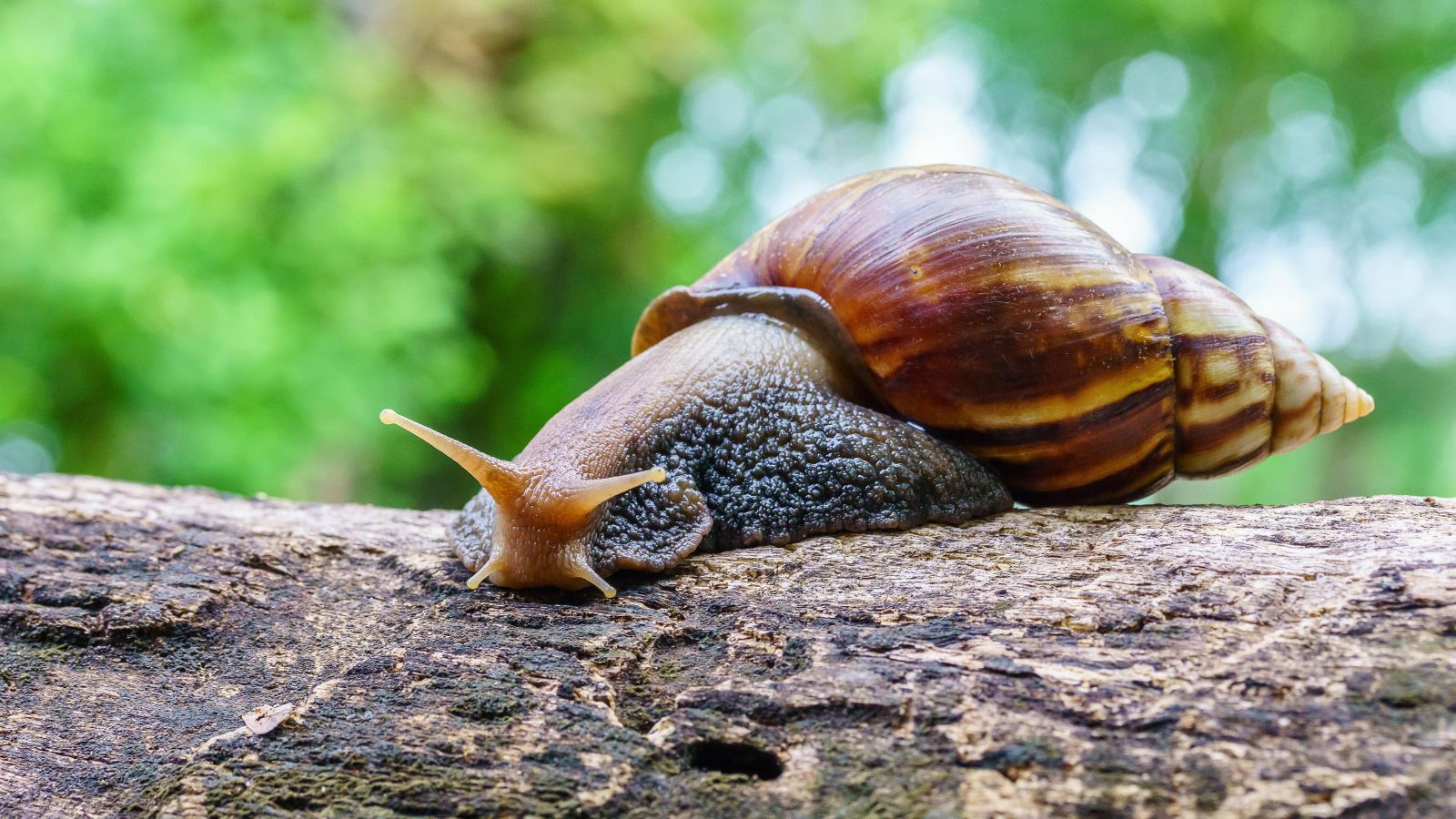
The giant African land snail isn’t just harmful to humans because of the meningitis-causing rat lungworm it carries. Learning from the FDACS, these snails are also invasive creatures that pose a danger to Florida agriculture, causing extensive damage to tropical and sub-tropical environments.
Lionfish

The lionfish is an invasive species with venomous spines lined along its back and is found in Florida’s coastal waters. Nausea, difficulty breathing, numbness, and paralysis are only a few of the side effects of a sting, and these symptoms can last for up to 30 days after envenomation.
Pygmy Rattlesnake
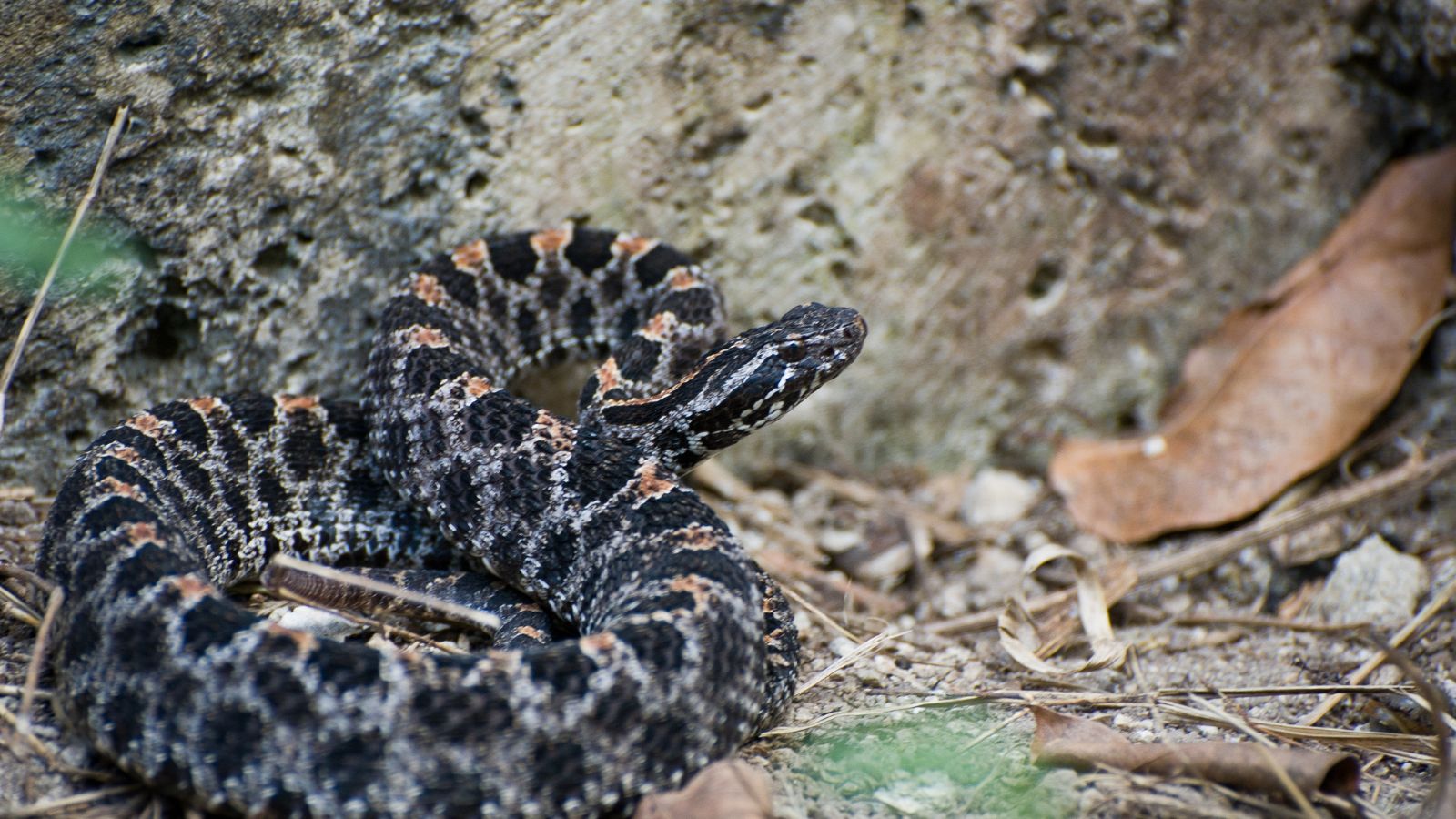
The pygmy rattlesnake is one of the smallest species of pit vipers found in forests, prairies, and near water bodies. Although not the most potent, a bite from one can still be fatal for children and small pets, and its ability to camouflage well among leaves makes it difficult to spot.
Up Next: 17 Phrases Older People Use That No One Else Gets

Each and every generation has its own phrases and sayings that separate it from the rest, and the boomers certainly have plenty. Discover 17 popular boomer phrases that aren’t often used today and what they mean. Maybe you’ll want to bring some of them back!
17 Phrases Older People Use That No One Else Gets
People Who Don’t Show Empathy Usually Have These 18 Traits

The world would be a better place if everyone had a little more empathy. But sadly, in reality, some people show much less empathy than we’d like. Here are 18 traits of people who don’t show empathy.
People Who Don’t Show Empathy Usually Have These 18 Traits
The 17 Unhappiest States in America

The US has hit an all-time low position in the World Happiness Index, tumbling to 23rd in 2024. However, it’s important to remember that location is an important factor; many US states are very happy, unlike the following 17 US states that appear to be the most unhappy.
